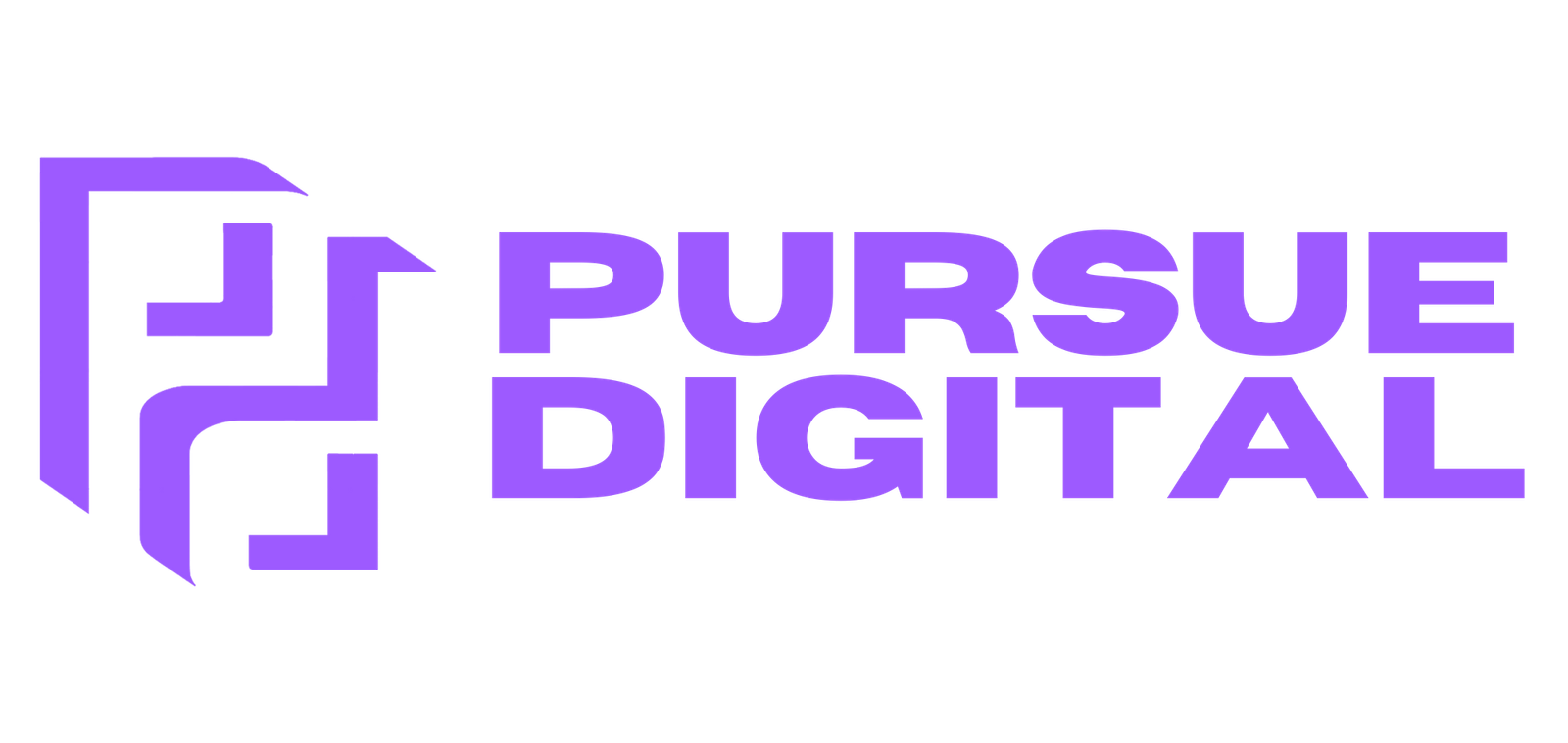Landing pages serve as critical conversion tools for businesses seeking to generate good quality leads. A well-crafted landing page can significantly impact your conversion rates and ultimately drive business growth. This article walks you through the essential steps to create high-performing landing pages that convert visitors into valuable leads.
Understanding Landing Page Fundamentals
Before diving into the specifics, it’s important to understand what makes landing pages different from regular website pages. Landing pages are standalone web pages designed with a single focused objective which is typically lead generation through form submission. Unlike your homepage or product pages, landing pages eliminate distractions and guide visitors toward completing one specific action.
Key Elements of a High-Converting Landing Page
1. Compelling Headlines and Subheadings
Your headline is the first element visitors see, making it arguably the most important component of your landing page.
Best practices:
- Use clear, benefit-focused language
- Keep headlines under 10 words when possible
- Test different headline variations to identify what resonates with your audience
2. Persuasive Copy that Addresses Pain Points
Effective landing page copy quickly communicates value and addresses your target audience’s specific challenges. Focus on how your offering solves problems rather than just listing features.
Writing tips:
- Start with the problem your audience faces
- Present your solution in clear, jargon-free language
- Use bullet points to highlight key benefits
- Incorporate social proof elements (testimonials, case study snippets)
3. Strategic Form Design
Your form is where conversion happens, so its design matters tremendously. Research from Formstack’s 2024 Form Conversion Report shows that reducing form fields from 9 to 5 can increase conversions by up to 34%.
Form optimisation strategies:
- Ask only for essential information
- Use multi-step forms for complex offers
- Include privacy reassurances near submit buttons
- Make error messages helpful rather than frustrating
4. Trust Elements and Social Proof
Building trust quickly is essential for landing page success. Incorporate elements that establish credibility and reduce perceived risk.
Effective trust builders:
- Customer testimonials with photos and company names
- Industry certifications and security badges
- Client logos for business audiences
- Reviews and ratings
- Case study snippets with concrete results
5. Strong Call-to-Action (CTA)
Your CTA button should stand out visually and communicate exactly what happens next. According to a 2024 Unbounce Conversion Benchmark Report, personalised CTAs convert 202% better than generic ones.
CTA best practices:
- Use action-oriented, first-person language (“Claim My Free Guide” vs. “Download”)
- Make buttons visually distinct through color contrast
- Position CTAs strategically throughout longer pages
- Ensure mobile optimisation for thumb-friendly tapping
Technical Considerations for Landing Page Success
Page Speed Optimisation
According to Google’s 2024 performance metrics, 53% of mobile users abandon sites that take longer than 3 seconds to load. Optimise your landing page for speed by:
- Compressing images appropriately
- Minimizing code and script usage
- Leveraging browser caching
- Using content delivery networks (CDNs)
Mobile Responsiveness
With mobile traffic accounting for approximately 60% of web traffic in 2024 (Statista), ensuring your landing page functions perfectly across all devices is non-negotiable. Test your landing page on multiple devices and screen sizes before launch.
A/B Testing for Continuous Improvement
The most successful landing pages are those that evolve based on data. Implement strategic A/B testing to refine elements like:
- Headlines and copy variations
- CTA button colors, text, and placement
- Form length and field types
- Visual elements and layout
- Different value propositions
Tools like Google Optimize, VWO, and Optimizely make testing accessible even for smaller marketing teams.
Tracking and Measuring Success
Establish clear KPIs to evaluate landing page performance:
- Conversion rate (primary metric)
- Cost per lead
- Form abandonment rate
- Time on page
- Traffic sources that generate quality leads
Google Analytics 4 allows for detailed event tracking to understand user behavior on your landing pages.
Common Landing Page Mistakes to Avoid
- Misaligned messaging: Ensure your landing page content matches the promises made in your ads or emails
- Visual clutter: Remove unnecessary elements that don’t directly support conversion
- Unclear value proposition: Clearly communicate “what’s in it for me” early on the page
- Slow loading times: Optimise for speed across all devices
- Poor mobile experience: Test thoroughly on multiple devices
Conclusion
Creating high-converting lead generation landing pages is both art and science. By focusing on clear messaging, strategic design, user-friendly forms, and continuous testing, you can develop landing pages that not only capture leads but set the foundation for meaningful customer relationships.
Remember that landing page optimisation is an ongoing process rather than a one-time task. Use the performance data you collect to make informed improvements and keep refining your approach based on how your specific audience responds.rands that want to convert visitors into loyal customers in an increasingly competitive digital landscape






